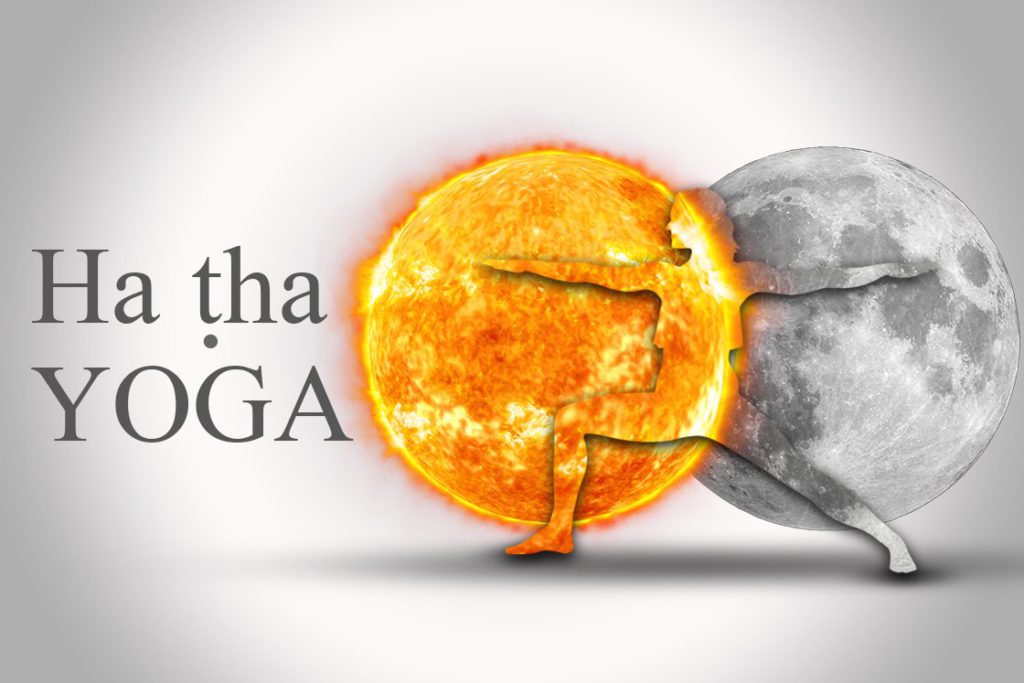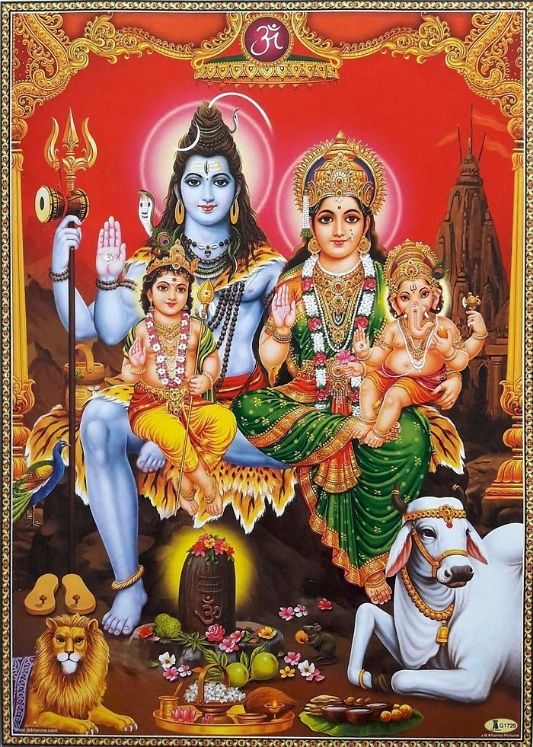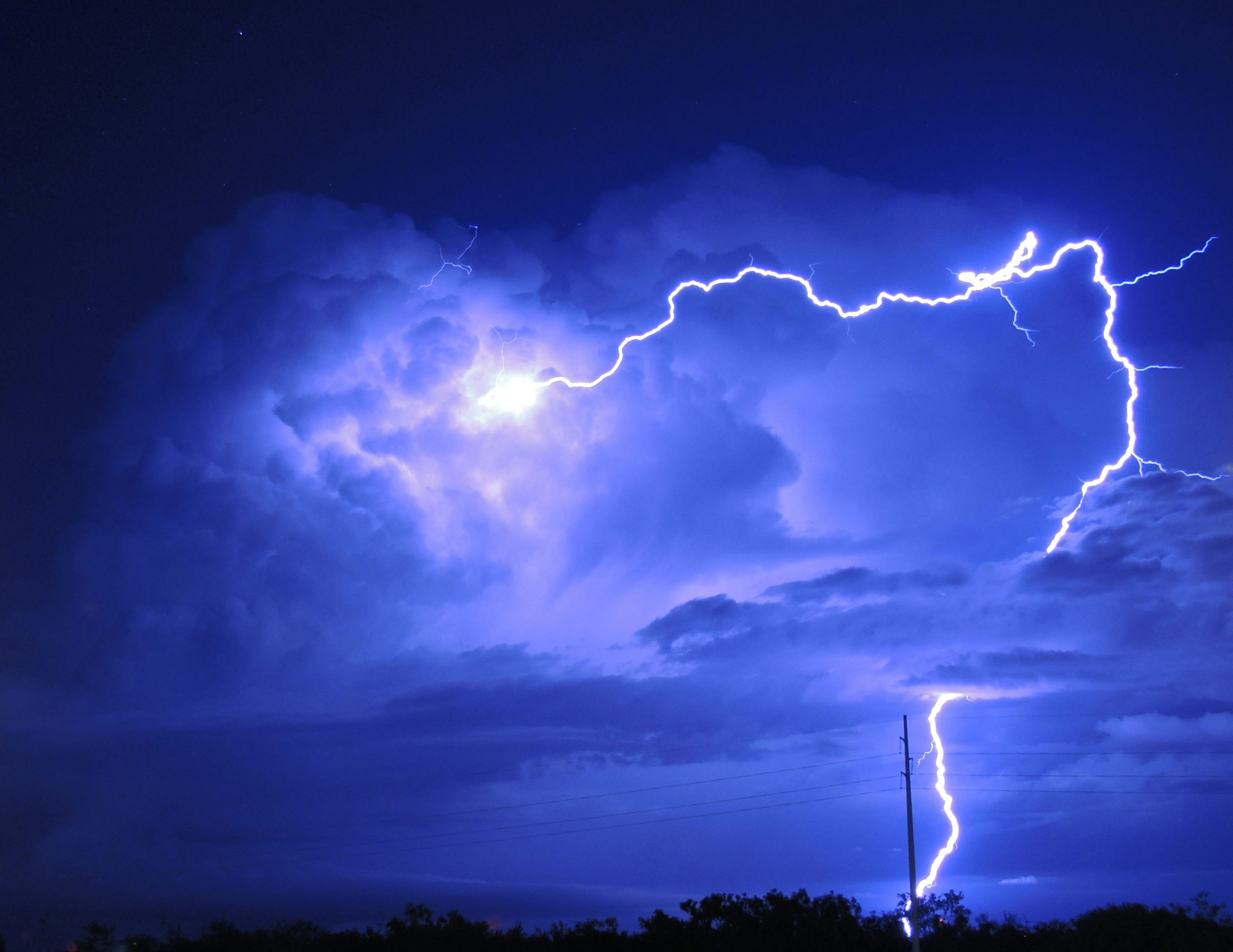Hatha Yoga Meaning And Its Two Components ‘Ha’ & ‘Tha’
The true essence of Hatha Yoga lies in understanding its two main parts: ‘Ha’ and ‘Tha’. In yogic science, the word Hatha is formed by joining these two words. ‘Ha’ stands for the Sun, and ‘Tha’ stands for the...

 Image Source: fitsri
Image Source: fitsriThe true essence of Hatha Yoga lies in understanding its two main parts: ‘Ha’ and ‘Tha’. In yogic science, the word Hatha is formed by joining these two words. ‘Ha’ stands for the Sun, and ‘Tha’ stands for the Moon.
These two represent opposite energies. Solar energy is seen as masculine, while lunar energy is seen as feminine. Hatha Yoga shows the balance of these forces in the universe, where strong and weak, positive and negative energies exist together.
Meaning
To understand the meaning of Hatha Yoga in terms of ‘Ha’ and ‘Tha’, you first need to look within yourself.
Human life is made up of two main forces: the active and the passive. The active force drives us to take on challenges and overcome them with effort and strength. On the other hand, the passive force teaches us to stay calm and composed. It helps us remain humble and grounded during difficult times. A healthy and successful life depends on finding balance between these strong and gentle energies.
In the same way, ‘Ha’ represents the active energy. It is linked to the powerful and dynamic energy of the Sun. The Sun is the main source of energy in the universe. Without it, life would not be possible. But imagine if the Sun never set life would become unbearable.
To bring balance, we need a cooling energy. This is where ‘Tha’, the Moon, comes in. The Moon softens the heat of the Sun and cools the Earth with its gentle light.
So, ‘Ha’ and ‘Tha’ represent the natural opposites in life. They remind us that both active and passive energies are important. Hatha Yoga is about bringing these two forces into balance. When we unite them within ourselves, we gain control over the ups and downs of the mind (known as Chitta Vritti in yogic terms) and create a stable and peaceful life.
Other forms of ‘Ha’ and ‘Tha’
‘Ha’ and ‘Tha’ doesn’t exactly mean Sun and Moon rather it’s the representation of opposite energies. In other tradition, these energies known as;
Yang and Yin – In Taoism (Chinese philosophy) Purusha and Prakruti – In Samkhya philosophy Shiva and Shakti – In Tantra Energy and matter – In physics Pingala and Ida Nadi – In hatha yogaLord Shiva – True representative of ‘Ha’ and ‘Tha’

Lord Shiva, the Adiyogi, is the true symbol of ‘Ha’ and ‘Tha’. He holds the two opposite forces within himself in a perfect state of balance. We can understand this more clearly by looking at the elements he carries on his body.
At the top of Shiva’s head, he carries the River Ganga, which flows calmly representing the serenity of nature. But at the same time, he has his fierce third eye on his forehead which represents the fiery energy within him. So here Shiva carries both ‘Ha and ‘Tha’ in the form of calmness & impetuosity, which signifies the union of two opposite energies. Similarly, he has poison in his throat for why its colour seems to be blue and at the same time, he holds the moon on his head. Moon again represents the feminine energy and, in Sanskrit, moon has the symmetry with the nectar. Hence both poison and nectar (representing Ha and Tha) reside side by side to sustain harmony in the universe. As we all know Lord Shiva is devoid of all worldly pleasures; but at the same time, he also represents a family person with his wife Parvati and two sons Ganesh and Kartikeya. So the two opposite energies always reside along with each other to create harmony between a renouncer (yogi) and a householder. Also, he holds a snake which is again the prey of peacock, the chariot of his son Kartikeya.But everything goes with each other with the greatest harmony; this is the true substance of ‘Ha’ and ‘Tha’ that operates inside a human life and in the whole universe.
Two components of hatha yoga
Yoga is not just about performing physical postures. It is a deeper practice that teaches us to accept and balance the dual nature of our thoughts and actions. Through Hatha Yoga, a person learns to manage the opposing forces that work within the body and mind.
Every human being carries two types of energy. If these forces are not brought into harmony, they can disturb inner peace and lead to imbalance in life. The practice of Hatha Yoga helps create balance between the two core energies represented by ‘Ha’ and ‘Tha’.
At times, a person may have high physical energy (prana shakti) but low mental energy (manas shakti). Another person may be strong mentally but may lack physical strength. Hatha Yoga helps to bring both active and passive energies into balance. This is the true purpose of the two components ‘Ha’ and ‘Tha’ in the path of Hatha Yoga.
Balancing opposites through hatha Yoga
Hatha yogis from the very beginning understand the nature of the mind and know how difficult it’s to control thought patterns of the mind. Hatha yoga ultimately leads to Raja yoga, though, it’s comparatively easy for a yogi because it starts with something gross with which we can identify ourselves i.e. our body.
Word ‘Hatha’ is derived from the root term ‘Hat‘ which means ‘force’. It is therefore a “forceful” form of yoga, whose dynamic techniques have powerful effects.
Because physical stillness is in the core of human beings, firstly Hatha Yoga practices aim to bring a motion in the body i.e. removing the tamas quality. By bringing motion into the body, only one can know the real nature of the body. Hence all the practices of hatha yoga are to attain a state of balance between stillness and motion.
Hatha Yoga practices
Hatha yoga comprises mainly four practices;
Asana – The physical postures Shatkarma and Pranayama – Cleansing and breathing techniques Mudra and Bandha – Yogic gestures and energy locks Samadhi – Deep meditative absorptionImagine someone suffering from body pain, such as a backache or spine issue. That person cannot focus on anything beyond the pain. All ambitions seem to fade when one is trapped in physical discomfort. Similarly, during depression, nothing feels meaningful. A person may lack both the motivation and physical energy to carry out everyday tasks. This is where Hatha Yoga helps by balancing the body and the mind.
Asanas help relieve physical problems. For example, practicing Dhanurasana (Bow Pose) strengthens the back muscles, increases flexibility, and improves blood circulation. This posture not only relieves stress and constipation but also supports the health of the liver, pancreas, small intestine, and large intestine. In this way, asanas support both physical and mental well-being.
Meditation uplifts the energy within and heals a person mentally and spiritually. It calms the mind, reduces anxiety, and lowers stress.
Pranayama, or controlled breathing techniques like Nadi Shodhana, brings the mind into the present moment. It helps release mental tension and physical fatigue. With regular practice, it leads to a calm and focused state of mind.
By practising all these elements of Hatha Yoga asana, pranayama, mudra, bandha, and meditation a person can achieve harmony between body, mind, and energy.
Conclusion
The universe is built in such a way that both positive and negative forces must exist together. Fierce and gentle energies are equally important for the smooth functioning of life. One cannot exist without the other. That is why ‘Ha’ and ‘Tha’ are seen as complementary forces. Just as the Sun and the Moon are both needed to maintain balance in nature, these energies must also stay in balance within us.
Hatha Yoga is a vital part of yoga that teaches the value of balance and harmony in life. When one type of energy becomes too dominant, it can lead to imbalance and even harm. But through regular practice, Hatha Yoga helps unite ‘Ha’ and ‘Tha’ within the body and mind. This union transforms energy into a steady and healthy flow, supporting the proper functioning of the whole being.

 Aliver
Aliver 






























